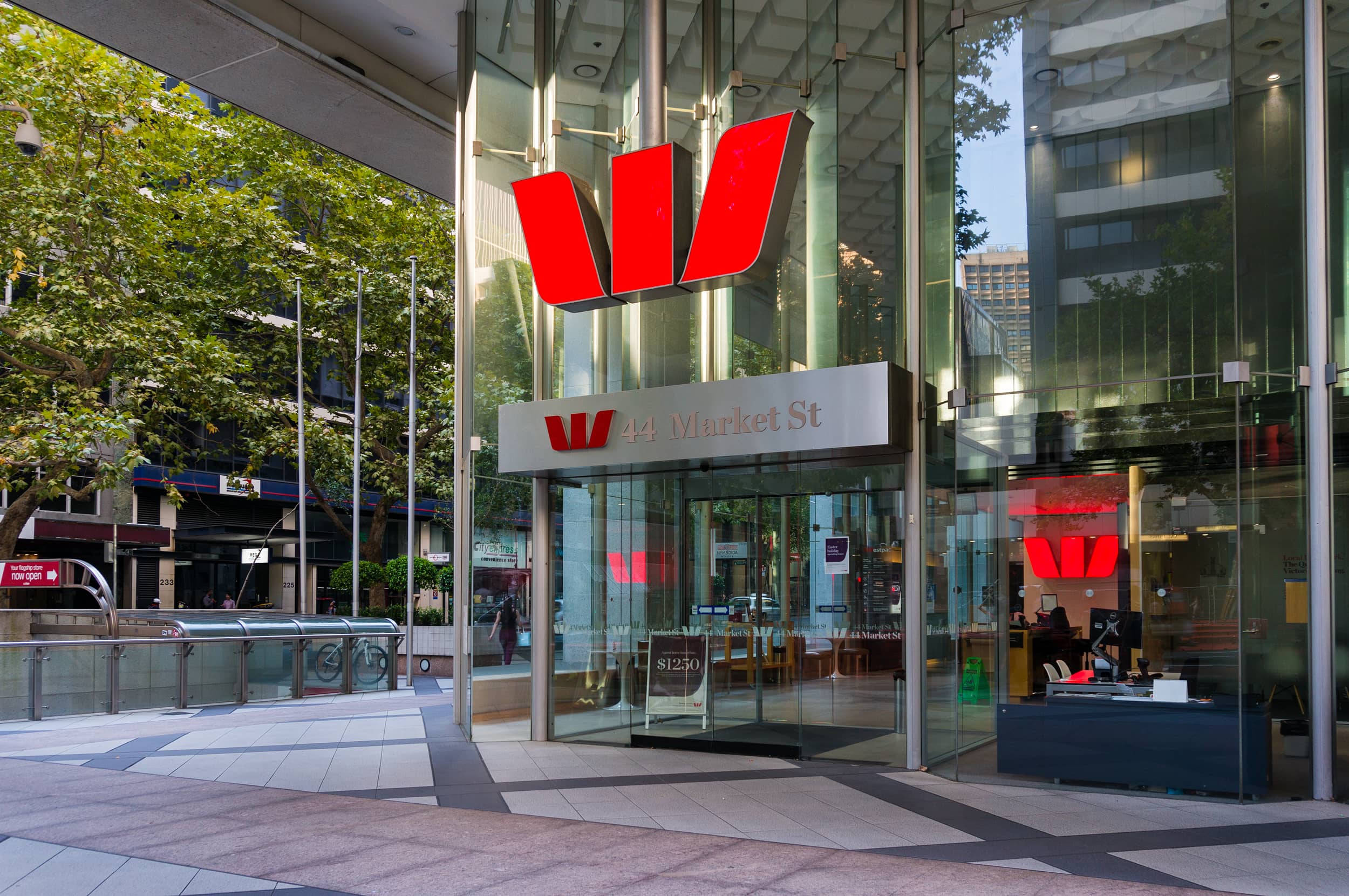Types of Home Loans in Australia
When it comes to buying a home in Australia, one of the most important decisions you’ll make is choosing the right home loan. With so many loan types available, it can be overwhelming to figure out which option best suits your needs. The type of home loan you choose can affect how much interest you pay, how flexible your repayments are, and how quickly you can pay off your loan.
This comprehensive guide explores the different types of home loans available in Australia. Whether you’re a first home buyer, an investor, refinancing, or building a new home, understanding your options can help you make informed choices and potentially save thousands of dollars over the life of your mortgage.
1. Variable Rate Home Loan
A variable rate home loan is a loan where the interest rate can change over time based on market conditions, particularly the Reserve Bank of Australia’s cash rate and your lender’s pricing policies. This means your repayments may go up or down during the life of the loan.
Key Features
- Interest rate fluctuates based on market conditions
- Repayments can increase or decrease
- Often comes with features like offset accounts and redraw facilities
- Typically allows extra repayments without penalties
Pros
- Benefit from rate reductions
- Greater flexibility
- Ability to pay off the loan faster
Cons
- Repayments may increase with rising interest rates
- Harder to budget due to fluctuating repayments
2. Fixed Rate Home Loan
With a fixed rate home loan, your interest rate is locked in for a specific period, usually one to five years. This means your repayments stay the same for the fixed term, regardless of any interest rate changes in the market.
Key Features
- Interest rate stays fixed for a set period
- Repayments remain stable and predictable
- Usually reverts to a variable rate after the fixed period ends
Pros
- Certainty and consistency in repayments
- Protection from interest rate rises
- Helpful for budgeting
Cons
- Limited ability to make extra repayments
- May include break costs for early repayment or refinancing
- No benefit if interest rates fall
3. Split Rate Home Loan
A split rate home loan allows you to divide your loan into two portions — one with a fixed rate and one with a variable rate. This gives you a balance of repayment stability and flexibility.
Key Features
- Part of the loan is fixed, part is variable
- Repayment is a blend of both rate types
- Can tailor the split based on your preferences
Pros
- Protects part of the loan from interest rate increases
- Allows extra repayments on the variable portion
- Flexibility plus budgeting support
Cons
- Still subject to fixed loan restrictions on that portion
- Can be more complex to manage
4. Interest-Only Home Loan
With an interest-only loan, your repayments cover only the interest for a set period (usually 1 to 5 years), after which you start repaying both principal and interest. These loans are often used by investors to reduce initial outgoings and maximise cash flow.
Key Features
- Pay interest only during the interest-only period
- Principal repayments start after the interest-only period ends
- Often paired with investment strategies
Pros
- Lower repayments during the interest-only term
- Free up cash flow for other investments
- Tax-deductible interest for investment loans
Cons
- Loan balance doesn’t reduce during interest-only period
- Higher repayments once principal repayments begin
- Can cost more over the life of the loan
5. Low-Doc Home Loan
Low-documentation (low-doc) loans are designed for self-employed borrowers or people with non-standard income who may not have traditional income verification documents like payslips or tax returns.
Key Features
- Requires alternative proof of income such as BAS, bank statements, or accountant’s declarations
- Available through specialist lenders
- Often have higher interest rates
Pros
- Helps self-employed individuals access finance
- Faster approval for certain applicants
Cons
- Higher interest rates and fees
- Stricter lending criteria
6. Construction Home Loan
Construction loans are used when building a new home or completing major renovations. Rather than receiving the full loan upfront, funds are released in stages (known as progress payments) as construction milestones are met.
Key Features
- Progressive drawdowns as the build progresses
- Interest-only repayments during construction
- Converted to a standard loan after construction is complete
Pros
- Only pay interest on the amount drawn
- Tailored to builders and renovators
Cons
- More paperwork and oversight required
- Progress payment approval can slow down construction
7. Line of Credit Home Loan
A line of credit loan allows you to borrow up to a set limit and draw funds as needed. You can use it for various purposes including renovations, investments, or consolidating debts. Interest is only charged on the amount drawn.
Key Features
- Revolving credit limit secured against your home
- Interest charged only on the balance used
- Flexible access to funds
Pros
- Great for ongoing or irregular expenses
- Repayment flexibility
Cons
- Can be tempting to overuse
- May not reduce the principal if repayments are not managed
8. Package Home Loan
Package home loans combine your home loan with other financial products such as credit cards, transaction accounts, and insurance. These often come with discounts on interest rates and waived fees in exchange for an annual package fee.
Key Features
- Bundled financial services with your loan
- Discounted interest rates and waived fees
- Annual package fee applies
Pros
- Cost savings from rate discounts and fee waivers
- Convenience of having all accounts in one place
Cons
- Annual package fee can be significant
- You may not use all included products
9. Bridging Loan
Bridging loans are short-term loans that allow you to buy a new property before selling your existing one. They help cover the gap between settlements and are often used by homeowners upgrading or downsizing.
Key Features
- Short-term finance secured by existing and new property
- Interest typically capitalised during the loan term
- Repaid once the existing property is sold
Pros
- Allows you to move quickly on a new property
- Avoids the need for temporary accommodation
Cons
- Higher interest rates
- Risk if your existing property takes a long time to sell
10. Reverse Mortgage
Reverse mortgages are available to older Australians (usually 60+) who want to access the equity in their home without selling it. The loan is repaid when the home is sold, typically after the homeowner passes away or moves into aged care.
Key Features
- Designed for retirees to access home equity
- No regular repayments required
- Interest compounds over time
Pros
- Unlock value in your home without selling
- No need to make monthly repayments
Cons
- Interest compounds and can reduce estate value
- May impact eligibility for Centrelink benefits
How to Choose the Right Home Loan Type
The right home loan for you depends on several factors including:
- Your income and employment situation
- Whether you’re buying, building, or refinancing
- Your comfort with interest rate fluctuations
- How quickly you want to pay off your loan
- Your risk tolerance and financial goals
It’s a good idea to speak with a mortgage broker or loan specialist who can assess your situation and recommend the most suitable type of loan based on your needs.
Conclusion
Australia’s home loan market offers a wide range of options to suit different types of borrowers. From traditional variable and fixed rate loans to specialist products like low-doc and construction loans, understanding the features and limitations of each can help you make informed decisions that align with your financial goals.
Choosing the right home loan can save you thousands in interest, reduce your loan term, and offer greater financial control. At Loan Explorer, we’re here to help you compare loan types, understand the fine print, and apply with confidence. Whether you’re buying your first home, upgrading, or investing, we’re committed to helping you find the loan that’s right for you.





